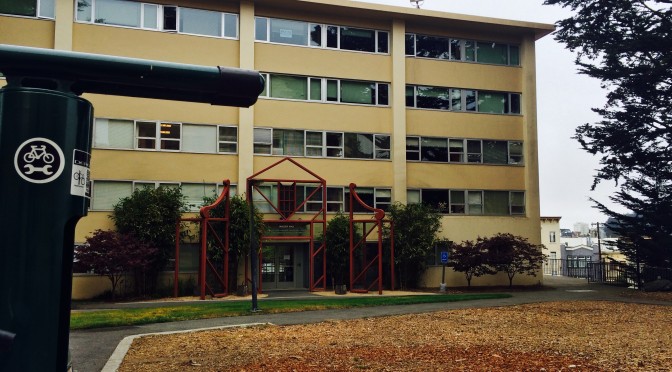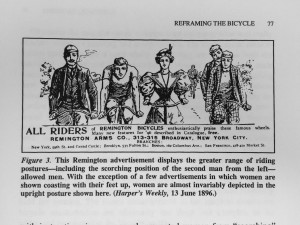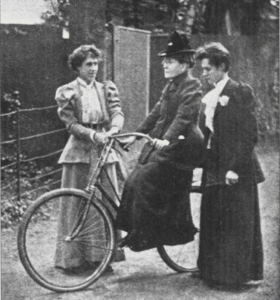PUBLIC SPEAKING COACHING
The Speaking Center at the University of San Francisco is available to help all USF students prepare for public speaking–including speeches, oral presentations, team presentations, and powerpoint demonstrations.
Coaches can help you with a variety of aspects of public speaking, including:
- effective oral communication skills
- achieving engaging delivery
- using transitions effectively
- developing concise and clear main points
- crafting introductions and conclusions.
Coaches are trained, skilled, and experienced public speakers.
Drop in or schedule an appointment through Tutortrac.
Drop-In Hours:
Monday – Friday 11:00 am – 1:00 pm and 4:00 – 5:00 pm
Malloy Hall 103 (near that bike repair stand!)
To Make Appointments:
Use tutortrac https://tutortrac.usfca.edu
Email: Speakingcenter@usfca.edu, or stop by the center.
Center Supervisor: Jacquelyn Horton jrhorton@usfca.edu
Director of Public Speaking: Michelle Lavigne mrlavigne@usfca.edu



